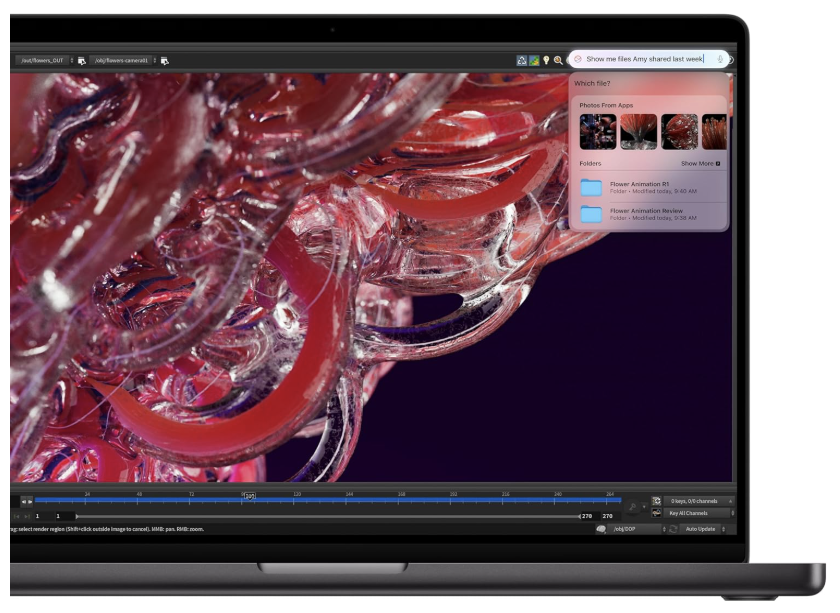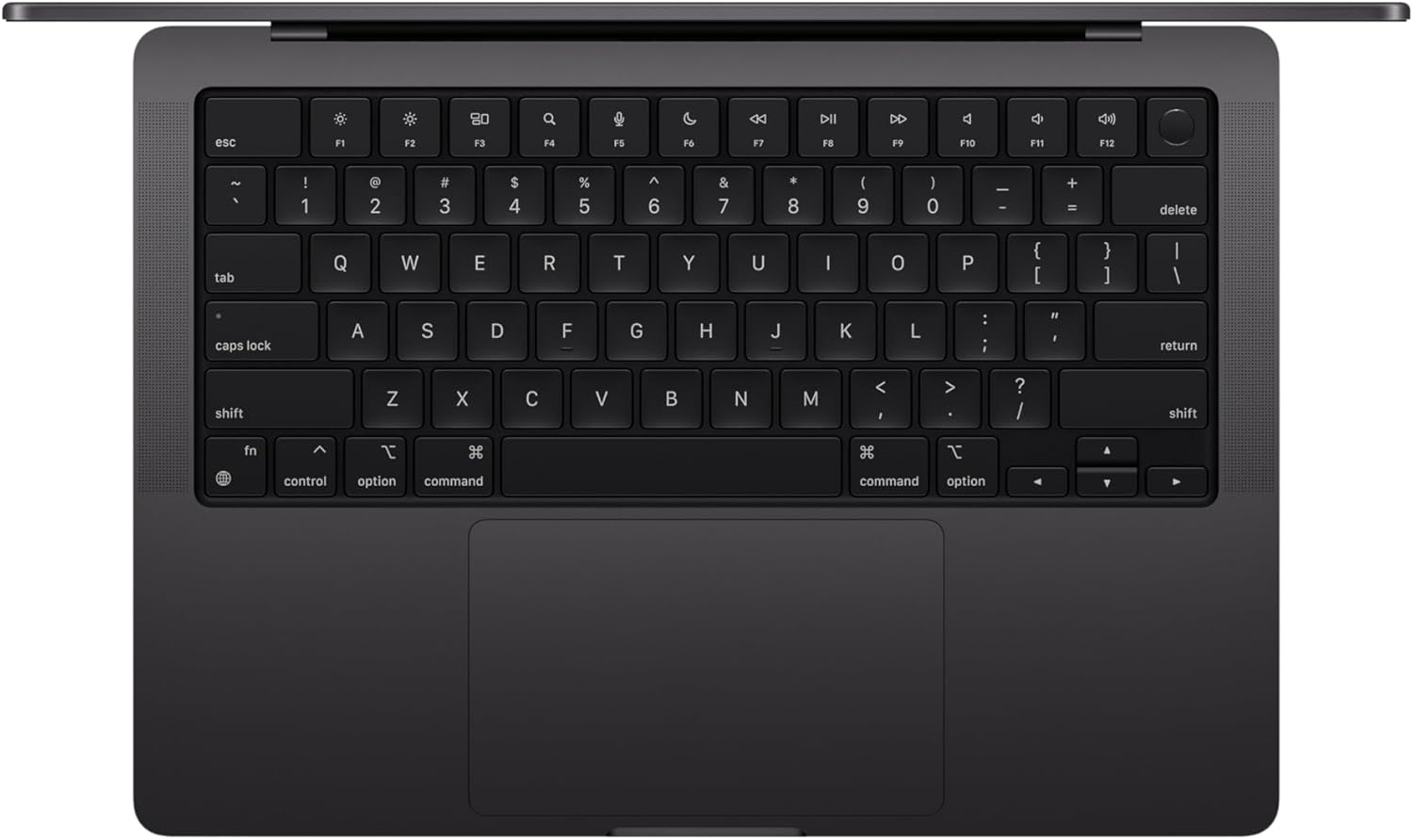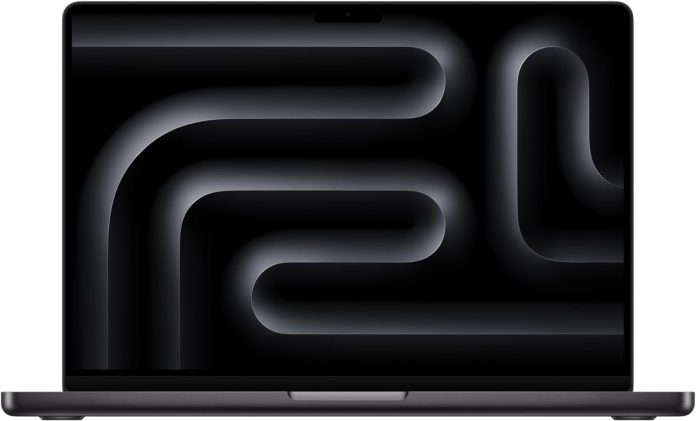For years, Apple has told us one thing with absolute certainty: the Mac would never get a touchscreen. Executives laughed at the very idea, claiming that Macs were meant to be driven by a keyboard and mouse while the iPad was the proper device for touch-first interaction.
But here we are again, with credible reports suggesting that the long-rumored Apple touchscreen MacBook Pro could finally be on the horizon…
As reported by Ars Technica, the most recent news comes from supply chain analyst Ming Chi-Kuo, who has a strong track record of getting Apple predictions right. His claim? Touch-enabled MacBook Pros with OLED displays are expected to hit mass production in late 2026.
For creative professionals, this is not just another spec bump. If true, the Apple touchscreen MacBook Pro could reshape the way photographers, videographers, and designers work. We’re talking OLED displays with unmatched color fidelity, the tactile convenience of touch input alongside traditional controls, and even whispers of a new low-cost MacBook aimed at students and casual users. Let’s unpack what’s happening, why this time feels different, and what it all could mean for the creative community.
Table of Contents
- The Great Touchscreen Mac Rumor Cycle
- Why Now? Apple’s Shift in Strategy
- What It Means for Creatives
- Lessons from Windows PCs and Microsoft Surface
- Timeline and the Low-Cost MacBook Rumor
- Final Thoughts: A Turning Point for Apple’s Creative Tools
- FAQ
The Great Touchscreen Mac Rumor Cycle
The rumor of an Apple touchscreen MacBook Pro has popped up every few years, often fueled by reports from insiders like Bloomberg’s Mark Gurman or supply chain analysts. What’s made the story persistent is that each time, the rumor has enough credibility not to be dismissed outright. And yet, Apple has repeatedly shut the door, with executives like Steve Jobs and later Craig Federighi saying touchscreens on laptops simply didn’t make ergonomic sense.
Still, this latest round feels different. Ming Chi-Kuo claims mass production of a touchscreen MacBook Pro could begin in late 2026, and his track record with Apple hardware gives the statement weight.
Add to that the broader shifts we’ve seen in Apple’s product lineup, and suddenly the idea doesn’t seem so far-fetched. If Apple has historically resisted, it’s because they weren’t ready to deliver a seamless experience—something the company prides itself on. The fact that these rumors are back with real detail suggests we may finally be at a turning point.
Why Now? Apple’s Shift in Strategy
The most compelling argument for why Apple might finally introduce a touchscreen MacBook Pro comes from the evolution of the iPad. Over the past several years, the iPad has steadily become more laptop-like, thanks to keyboard and trackpad accessories. The iPadOS 26 update in particular blurred the line even further, making the iPad feel like a laptop in many everyday scenarios.
By adding touch to Macs, Apple would simply be acknowledging what users already know: both input methods have value. For many, the convenience of a quick pinch-to-zoom or swipe complements the precision of a trackpad or mouse. Apple has already embraced this hybrid approach on the iPad, so flipping it the other way onto the Mac feels like a natural next step. It’s less about changing philosophy and more about expanding usability.
What It Means for Creatives

If you’re a photographer or videographer, the appeal of a touchscreen MacBook Pro is obvious. OLED technology alone promises richer blacks, better contrast, and color accuracy you can actually trust during editing. That’s huge for color grading or preparing prints. Add in the ability to make edits with your fingers—zooming into RAW images, brushing adjustments directly on-screen, or sketching quick notes—and the workflow starts to look transformative.
Of course, there are potential downsides. Touchscreens bring fingerprints and smudges, which can be distracting. Ergonomics are another concern, since reaching across the keyboard for long periods could cause fatigue. And then there’s the question of battery drain. But for quick edits, annotations, or creative bursts, the added flexibility of touch could outweigh the drawbacks. From my perspective, having used both iPads and Macs for nearly two decades, this feels like the kind of evolution that could merge the best of both worlds.
Lessons from Windows PCs and Microsoft Surface
Touchscreens on laptops aren’t new. Windows PCs have had them for over a decade, with the launch of Windows 8 in 2012 being a major catalyst. While that operating system’s radical design shift didn’t win over traditional users, it cemented the idea that touch-enabled PCs had a future. Microsoft doubled down with the Surface lineup, and to this day those devices offer a compelling blend of performance, design, and versatility.
Apple’s strategy has always been different. Rather than rushing to compete, Apple waits until the experience is refined enough to justify the shift. If the company is now preparing to introduce an Apple touchscreen MacBook Pro, it means the software, hardware, and user experience have reached a point where Apple is confident it can deliver something polished. That patience could be what sets Apple’s approach apart from competitors who stumbled early.
Timeline and the Low-Cost MacBook Rumor
So when can we actually expect these changes? Bloomberg’s Mark Gurman suggested as early as 2025, but Kuo now points to 2026 for the Apple touchscreen MacBook Pro. That means we still have a bit of waiting to do. But there’s another twist: Kuo also referenced a separate project—a low-cost MacBook expected to enter production in late 2025.
This rumored budget model could use an A-series iPhone processor to keep costs down, possibly sliding into the space once occupied by the M1 MacBook Air, which Apple still sells through retailers like Walmart. If true, it could represent a major shift in Apple’s entry-level laptop strategy. The big unknown is whether Apple would sell it directly, as it has done with lower-cost iPhones and iPads, or keep it exclusive to certain retailers. Either way, it would broaden the appeal of the Mac lineup at a time when affordability is becoming more important for students and first-time buyers.
Final Thoughts: A Turning Point for Apple’s Creative Tools

Every major transition in Apple’s history has reshaped the creative landscape—from moving to Intel chips, to the leap into Apple Silicon, to the retirement of spinning hard drives. Each time, the Mac has become a more powerful, reliable partner for creative professionals. If the Apple touchscreen MacBook Pro becomes reality, it could mark one of the most significant leaps yet.
For photographers, it could mean editing with unprecedented confidence in color fidelity. For videographers, smoother HDR grading right on a laptop display. For digital artists, sketching and annotation without extra peripherals. Personally, I’ve worked across nearly every major Mac transition in the last twenty years, and this feels like it has the potential to change workflows in a way that rivals the jump to Apple Silicon.
The real question is: would you use a touchscreen on your MacBook Pro? Or do you think touch belongs solely on the iPad? As Apple continues to blur the lines between its devices, it seems we may soon have the chance to decide for ourselves.
FAQ
When will the Apple touchscreen MacBook Pro be released?
According to Ming Chi-Kuo, mass production is expected to begin in late 2026, so a release may follow shortly after.
Will the Apple touchscreen MacBook Pro use OLED displays?
Yes, reports suggest that the devices will shift from Mini LED to OLED panels, offering deeper blacks and more accurate color for creative work.
How would a touchscreen benefit creative professionals?
A touchscreen would allow intuitive gestures like pinch-to-zoom, direct brush adjustments, and quick annotations, complementing traditional trackpad and keyboard input.
Are there drawbacks to a touchscreen MacBook Pro?
Possible downsides include fingerprints on the screen, ergonomic strain from reaching forward, and slightly reduced battery life. These trade-offs will depend on usage.
What is the rumored low-cost MacBook?
Apple is rumored to be developing a budget MacBook using an A-series processor, expected to enter production in late 2025. It could replace the M1 MacBook Air still sold through retailers.
Will Apple continue to sell non-touchscreen MacBook Pros?
It’s likely Apple will keep offering traditional models, at least initially, to cater to professionals who prefer the classic input style.
Friendly disclaimer: Our articles may contain affiliate links that support us without costing you more, and sometimes we spice things up with sponsored content—but only for products we truly stand behind!
Lead image is a 2024 Apple MacBook Pro with an M4 chip.

